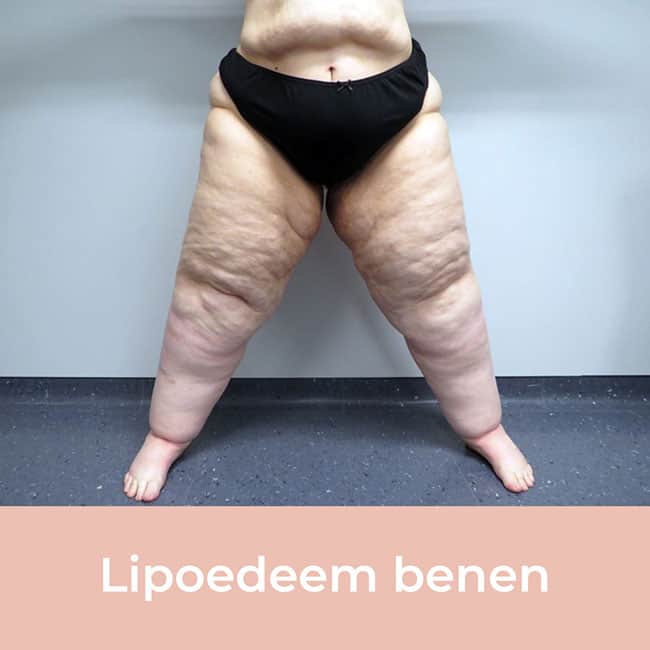Lipedema
Lipedema is a chronic condition in which there is improper fat cell buildup in the legs, thighs and buttocks. The onset of lipedema occurs around or after puberty and is a medical problem. The skin in lipedema looks like orange peel, similar to cellulite. The difference is that with lipedema, it feels painful when touched and bruising occurs quickly. This is not the case with cellulite. Lipedema needs multidisciplinary treatment.
Cellulite
Cellulite is an infection of the connective tissue caused by bacteria. So it is also a medical condition, but cellulite treatment is different from lipedema treatment. Both involve orange peel or pitting of the skin. The inflammation must be corrected by treatment from a medical specialist (or doctor).
Cellulite
Cellulite is a cosmetic condition. In cellulite, the connective tissue strands in the subcutaneous connective tissue are pulled down like little strings. This creates the "orange peel" appearance. Once fat volume increases, this lumpy structure can worsen. Cellulite is easy to treat.
Want more information about cellulite treatment? Then read on to our page Cellulite treatment with Cellfina, for long-lasting results.
Obesity
The term obese is called when your BMI is greater than or equal to 30. Related terms for obesity are obese or overweight. The skin of the buttocks, thighs and legs resembles the skin in cellulite and lipedema. The difference between obesity and lipedema is that in obesity, the skin does not feel painful and fat distribution takes place all over the body. Obesity and lipedema do have in common that they are both chronic diseases. Both conditions require proper treatment and therapy for.
Want to know if you have Lipedema? Then take our online test and find out.







